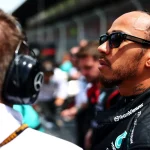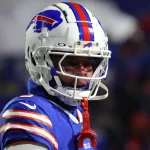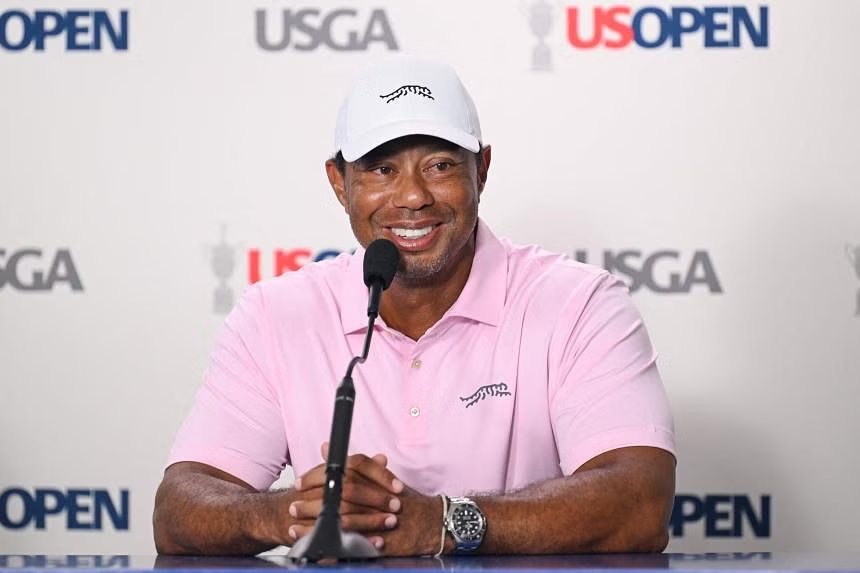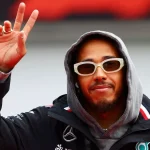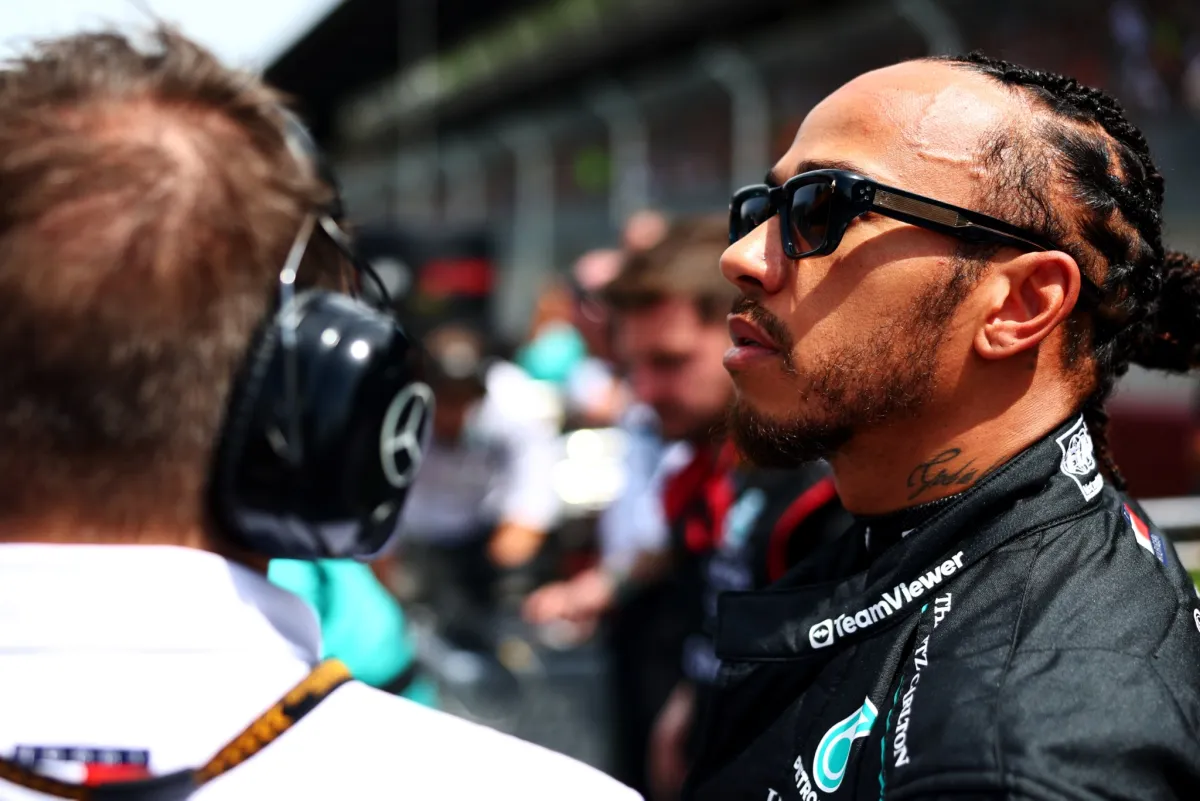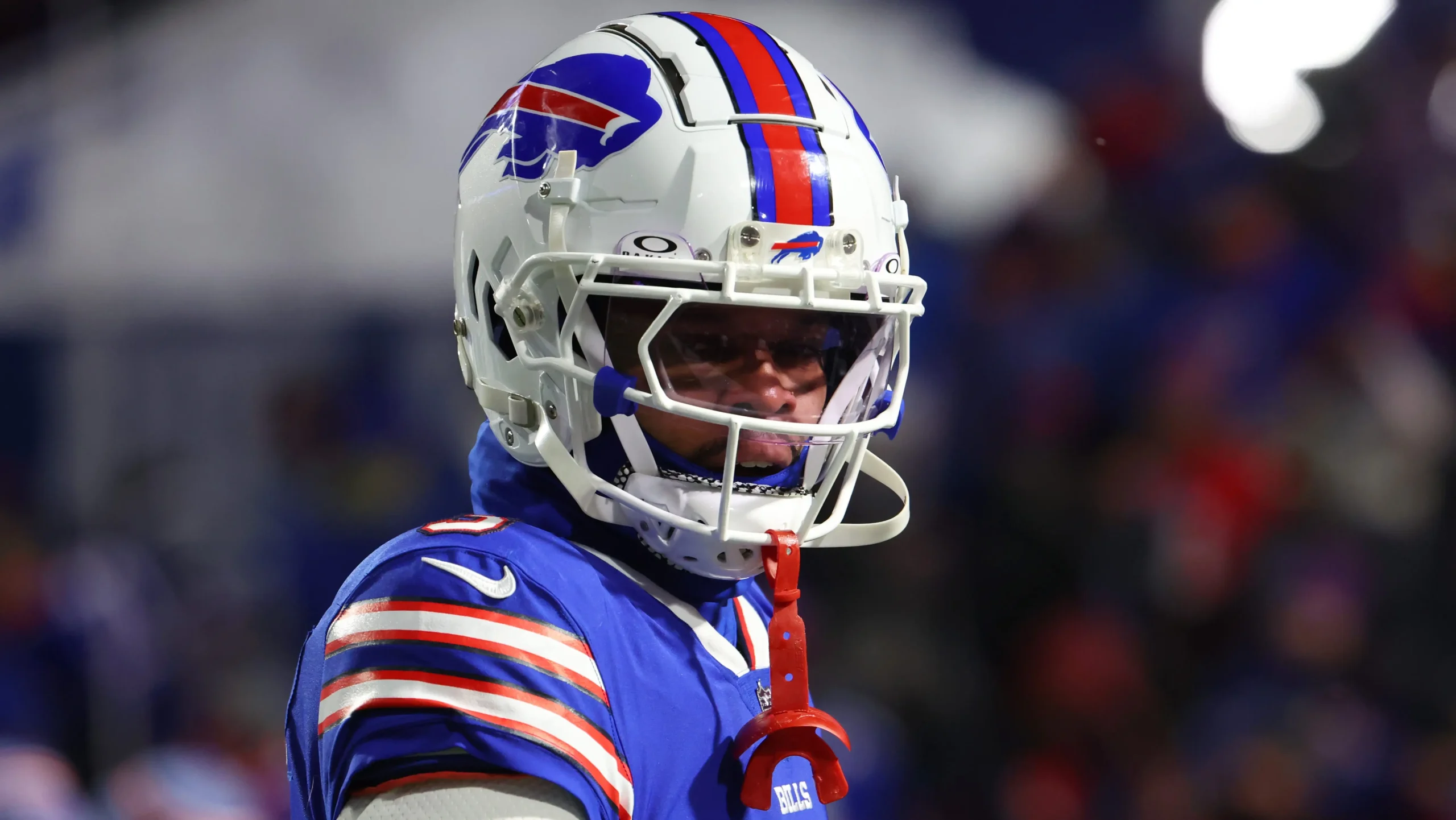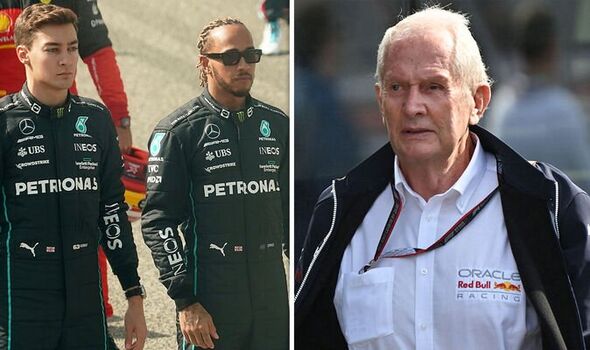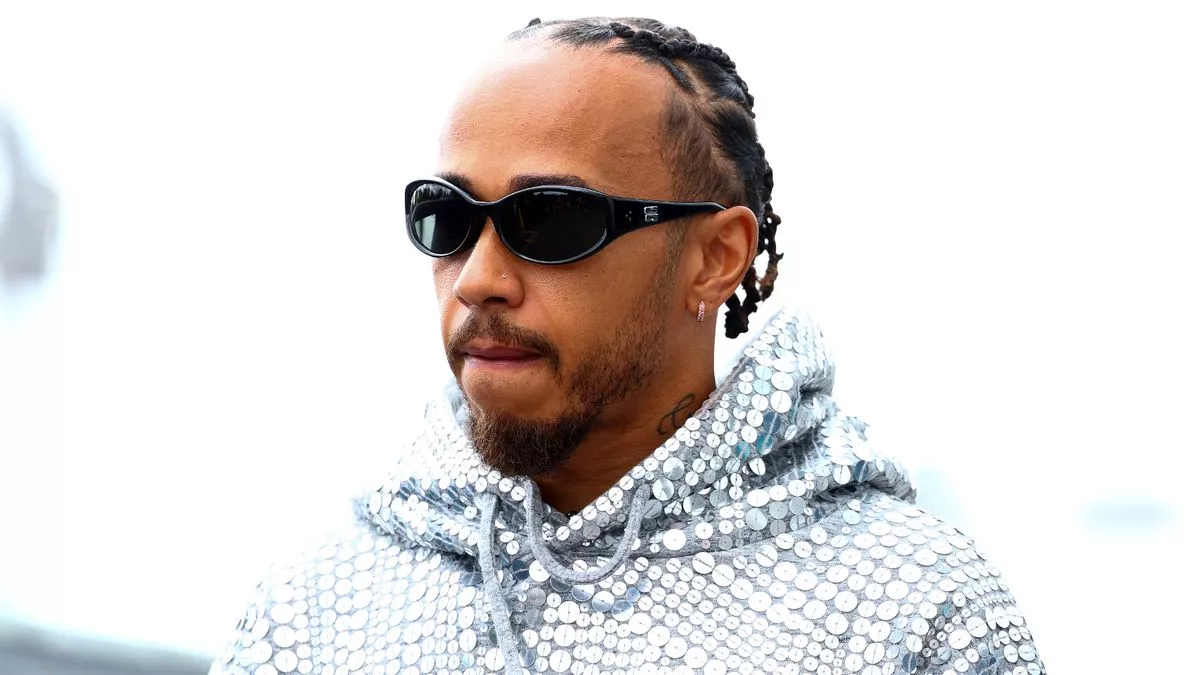The Suns needed more from Beal, but he didn’t deliver.
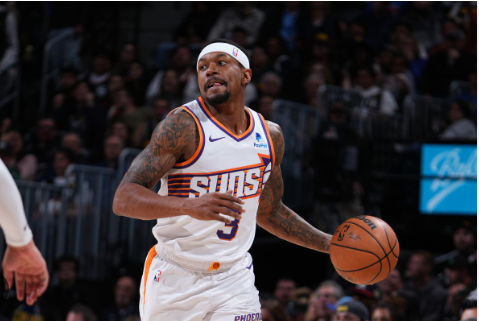
Welcome to our Phoenix Suns Season in Review series, where we provide individual reviews for each player who contributed during the 2023-24 season. We analyze their performances, highlighting what went right and wrong, and discuss how they can improve for next season.
Last June, the Phoenix Suns made a bold move by acquiring three-time All-Star Bradley Beal in a major trade. With an aging Chris Paul set to earn $30 million for the 2023-24 season and Landry Shamet falling short of expectations, James Jones swapped them for Beal, aiming for a significant upgrade.
The expectation was that Beal’s addition would alleviate some of the offensive burden on Kevin Durant and Devin Booker, which had been a weakness in the 2023 postseason. While the trade looked promising on paper, it introduced new challenges. Questions arose about who would play point guard, how the Big Three would share the court space, and whether they could remain healthy.
These issues were addressed during the season, but they led to even more questions.
### Bradley Beal
– **Position:** Shooting Guard (with some point guard duties expected)
– **Vitals:** 6’4”, 207 pounds, 30 years old
– **Experience:** 11 years
– **Stats:** 53 GP, 18.2 PPG (51.3 FG%, 43.0 3PT%, 81.3 FT%), 5.0 APG, 4.4 RPG
– **Contract Details:** Beal signed a four-year supermax contract with the Washington Wizards, including a fifth-year player option and a no-trade clause, which limits the Suns’ ability to move him. His cap hit over the next few seasons is substantial, with $57.1 million due in 2026-27 if he opts in.
### Regular Season Recap
A major concern with acquiring Beal was his injury history, and unfortunately, this concern proved valid. He missed the first seven games of the season due to lower back tightness, a recurring issue throughout the season, limiting him to 53 games in 2023-24.
After returning briefly, Beal reinjured his back and missed an additional 11 games. Despite his frustration, he appreciated his teammates’ support, with Kevin Durant and Devin Booker encouraging him to take the necessary time to fully recover.
“I hate to be in that position,” Beal said, “but to hear from K and Book, ‘Take your time. Make sure you’re 100%. We got it. We need you down the stretch.’ That made me feel awesome.”
Just as Beal seemed to be gaining momentum and regaining his form, he was sidelined again after landing on Donte DiVincenzo’s ankle during a three-point attempt, further complicating his season.
The Suns’ gamble on Beal didn’t pay off as expected, and his future contributions remain uncertain due to his injury struggles and the restrictive contract terms.
Phoenix Suns star Bradley Beal is likely to miss a few weeks with his right ankle injury, sources tell @TheAthletic @Stadium. Good news for Beal is testing showed no major ankle damage, but it’s another setback for Beal after the scary landing on a Knicks closeout Friday night. pic.twitter.com/a7Z8MA71Ue
— Shams Charania (@ShamsCharania) December 17, 2023
Injuries plagued Beal’s season, leaving him more battered than a vintage car at a demolition derby. Unfortunately, the Suns suffered from a lack of chemistry all year, hindering any chance of consistent success.
Despite his hefty paycheck, Beal’s scoring dipped to 18.2 points per game, his lowest since 2015-16. While solid for a supporting player, it didn’t justify his massive salary of $46.7 million. This dilemma underscores the Suns’ roster puzzle; someone needs to make sacrifices, and Beal seems willing to step up.
The notion of “Point Beal,” once touted by former Suns coach Frank Vogel, never materialized. Beal’s natural shooting guard instincts overshadowed his playmaking abilities, resulting in turnovers and a diminished impact on the team’s offense. Phoenix will need to reassess their strategy moving forward.
Bradley Beal’s playmaking talent and passing creation quality over the past five seasons, per @The_BBall_Index pic.twitter.com/JWEX8eNcz1
— John Voita (@DarthVoita) May 19, 2024
Bradley Beal emerged as a beacon of hope amidst the challenges faced by his team. With a blend of charisma and guidance, he stepped up as a unifying force, akin to a father figure guiding a disparate group of individuals towards a common goal.
Amidst the tumult within the Phoenix Suns, a glaring absence of leadership exacerbated the team’s woes. Accountability was a foreign concept, further complicating matters. In stark contrast, Beal’s vocal presence and unwavering determination stood out, as he consistently urged his teammates to elevate their performance and uphold a higher standard of play.
— Crystal Scar (@crystalscarr21) April 13, 2024
Throughout the season, it was clear that Bradley’s performance fell short of the team’s expectations for success. Despite his role as a tertiary player, he didn’t consistently contribute to the scoring efforts as anticipated.
While he did manage to achieve 30+ points in five games and even reached 40+ once, notably against his former team in Washington, these moments were not frequent enough to meet the team’s needs for consistent performance.
Postseason Reflections
The team’s journey through the postseason was turbulent, and unfortunately, Bradley Beal found himself at the heart of some challenging moments. His defensive performance was under scrutiny, particularly when matched up against Anthony Edwards, who seemed to have the upper hand. Across 156.4 possessions, Beal struggled to contain Edwards, allowing him to rack up an impressive 54 points with a remarkable shooting percentage of 60.7% from the field and 54.5% from beyond the arc, resulting in 186 points for the opposing team.
From a defensive standpoint, allowing an average of 1.19 points per possession doesn’t paint a picture of effective coverage. Beal was visibly overwhelmed by Edwards, leaving a significant impact on the team’s defensive efforts.
Despite Beal’s resilience and past postseason successes, the elimination game proved to be a challenging ordeal. It was a stark reminder that even the most seasoned players can have off nights when it matters most.
Welp.
9 points
4-of-13 FG
1-of-5 3PT
6 TO’s
6 fouls
Swept https://t.co/ZgGqO1iuue— John Voita (@DarthVoita) April 29, 2024
Greatest Asset
Bradley Beal’s prowess as a scorer is undeniable, though amidst the current team dynamics, pinpointing his optimal moments to shine proves challenging. Nonetheless, his offensive explosiveness and knack for creating space remain undiminished. Shooting an impressive 43% from beyond the arc adds to his value, alongside his role as a vocal team leader. These are definite highlights of the season, at first glance.
However, the disparity between his performance and his hefty contract looms large. The Suns find themselves constrained by his no-trade clause, making his ideal fit within the team structure a matter of debate, especially considering the financial investment.
Primary Concerns
Is it his health or the weight of that contract that raises eyebrows? The Bradley Beal package deal encompasses both, painting a precarious picture. While undoubtedly a stellar player and an influential figure on and off the court, his absence due to injury dampens his impact.
Areas for Improvement
Unlocking Beal’s potential as a playmaker could be pivotal for the team’s success. Fully embracing the point guard role might alter the Suns’ trajectory significantly. Should he focus on boosting assists while minimizing turnovers, a transformation in the team’s dynamics could unfold.
Yet, at 30 years old, with the upcoming season marking his transition to 31, Beal’s identity is solidified. While he has shown flashes of playmaking brilliance in the past, expecting a complete transformation into the quintessential point guard seems far-fetched.
Chances of Continuation: 9.8
Beal’s tenure with the Suns appears secure, with neither party showing intent to part ways.
Overall Assessment: C+
Some setbacks were beyond Beal’s control, such as injuries sidelining him for a considerable portion of the season. While initial expectations were lofty, the experiment of deploying him as a point guard failed to yield the desired results. The burden of his contract weighs heavily on organizational flexibility, yet amidst the challenges, recognizing Beal’s positive influence off the court becomes imperative.
